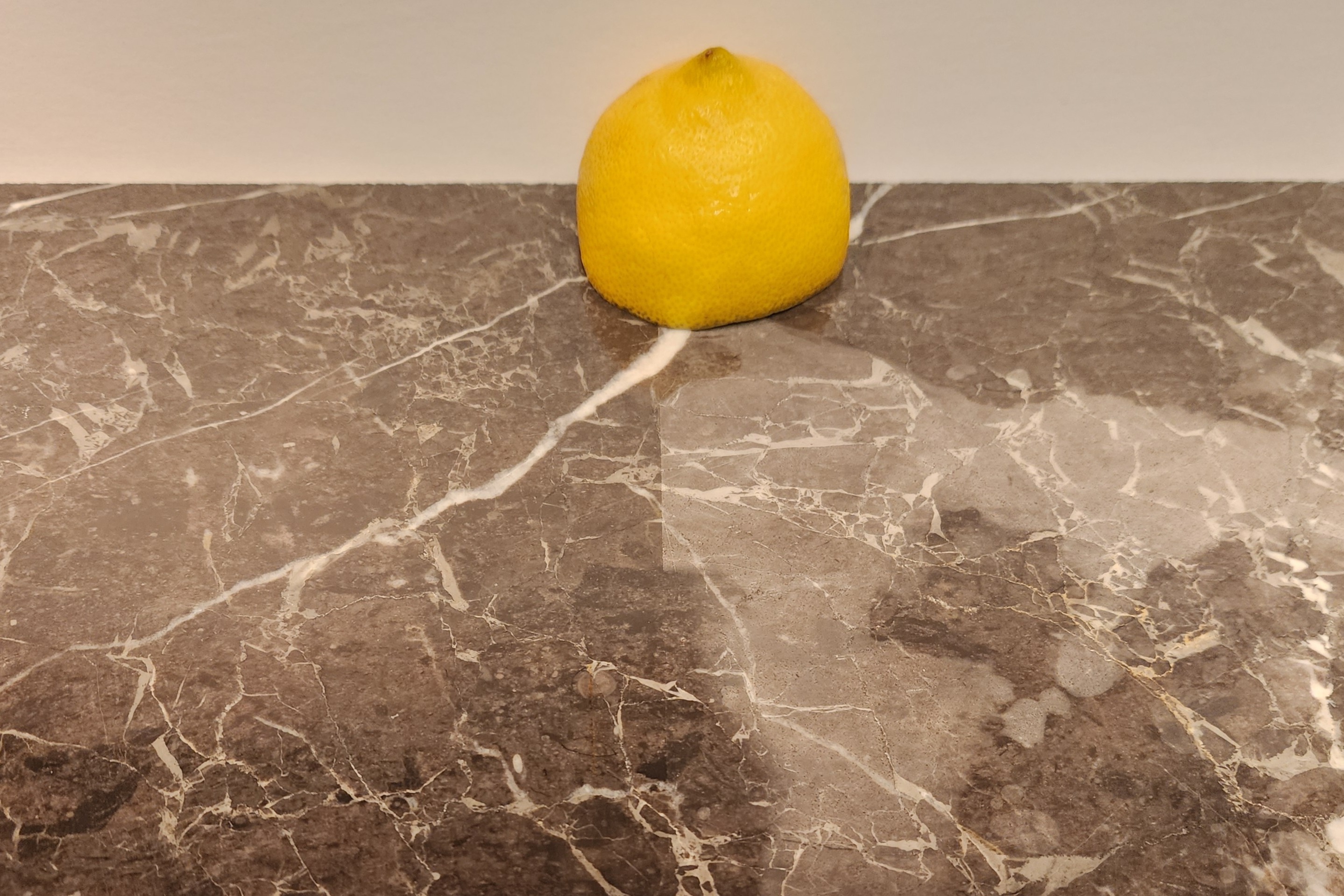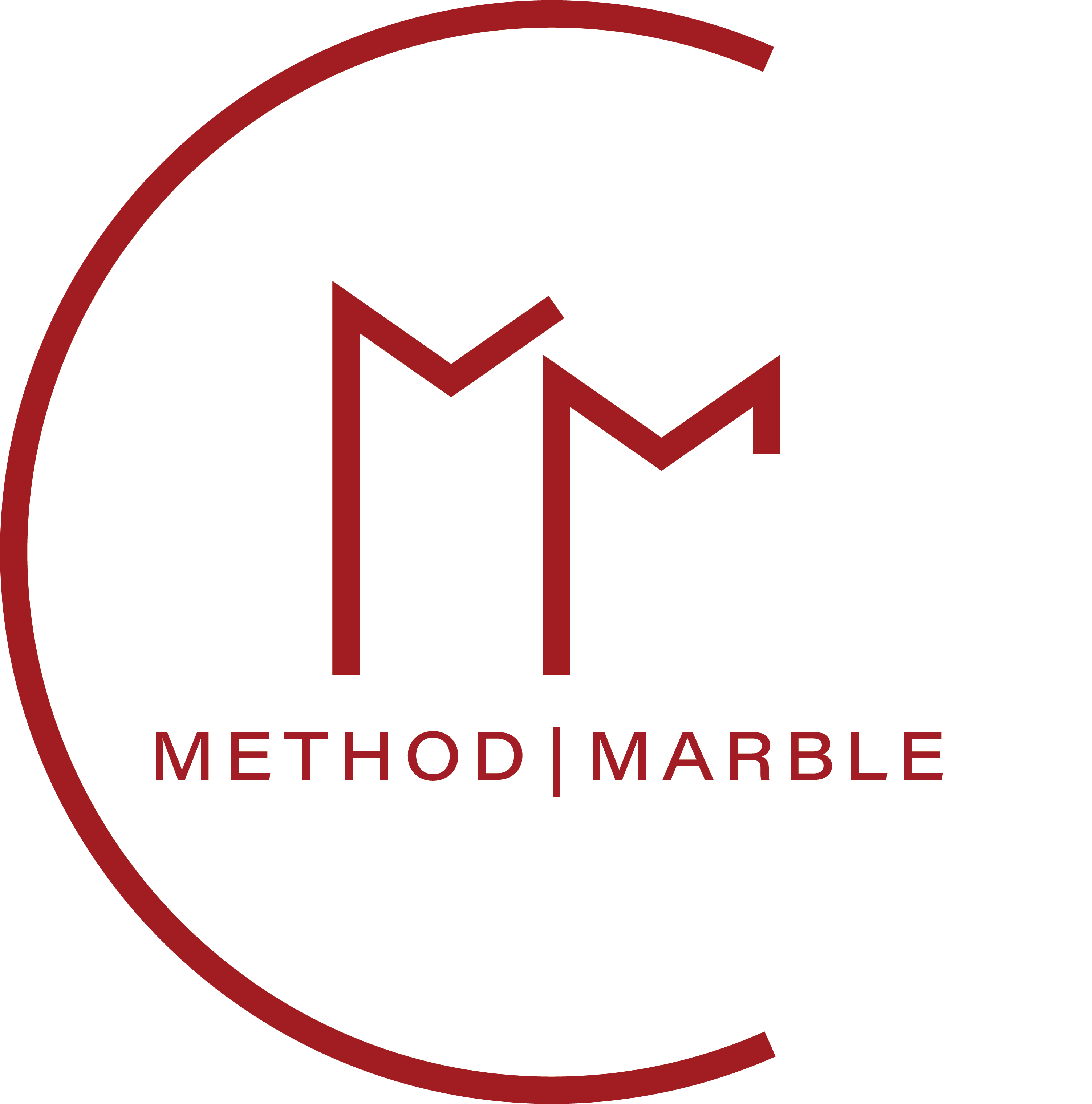FAQ & Information
INFORMATION
Characteristics and Identification of Stone.
Even though it is very hard to determine which material is better overall, it is definitely possible to identify which material is better for you and your particular project.
Here we will list the 4 most popular countertop materials as well as their characteristics, strengths, and weaknesses.
Hopefully, the following information will help you decide which stone to choose.
Granite
Granite is a natural stone known for its durability and resistance to heat and scratches. It comes in a variety of colors and patterns, making it a popular choice for countertops.
Medium Grained, Earth-Toned Stone

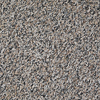

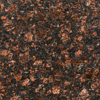
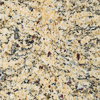
These stones are porous and will require sealing.
Tight to Medium Grained, Dark Toned Stone
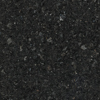

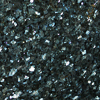

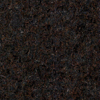
Scratches on these stones appear as white lines and will therefore be more apparent.
Multi-Colored "Busy" Stone with Delicate Particles

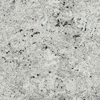
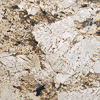
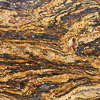

It is always wise to rub your hand across the surface of the slab you wish to purchase to check for pits and cracks.
Multi -Colored "Busy" Stone Without Delicate Particles

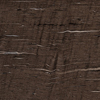
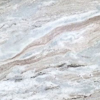
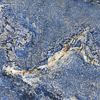

With that being said these materials hold up very well against stains and chipping.
Quartz
Quartz is an engineered stone made from crushed natural quartz and bound by resin. It is non-porous, making it resistant to stains and easy to maintain. Quartz is susceptible to burns due to it's high resin content.
White(or mainly White) Quartz



The only small drawbacks are that some chips and damage may be very hard to hide due to the material's consistent nature (similar to fixing a chip in a white porcelain bathtub).
This material can also get grey "scuffs" from rubbing against it, these grey marks are common, fortunately they are easily removable.
"Patterned" Quartz
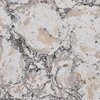
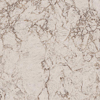
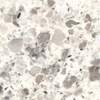
Dark-Toned Quartz
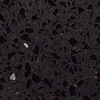
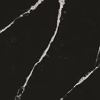

"Speckled Quartz
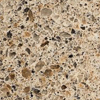

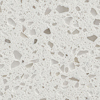
Most quartz is made of a fine stone powder mixed with resin, some of the fine powders used can be susceptible damage and staining.
However, in this material there is a mix of fine powder and very hardy “crystals” which are stain proof and incredibly scratch resistant.
Marble
Marble is a classic material known for its elegance and beauty. It's softer than granite, making it more susceptible to scratches and staining but highly sought after for its aesthetics.
Marble is a material that can etch: etching is the wearing away of the shine on the surface of the marble when it comes into contact with anything acidic like lemon, wine, etc..
Light-Toned Marble
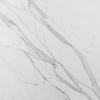
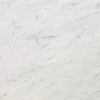

it's best use is for wall cladding and fireplaces, as well as gently used areas such as bathrooms and powder rooms.
Medium to Dark toned Marble
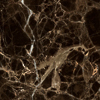
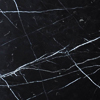
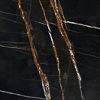
These kinds of marble are usually more dense so they are more resistant to staining.
Quartzite
Quartzite is a metamorphic rock that is harder and more durable than granite. It offers a unique range of colors and patterns, making it a versatile option for countertops.
Crystalline Quartzite

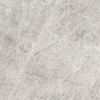
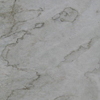
They are easily identifiable by their crystalline structures.
Grainy Quartzite

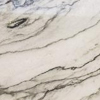
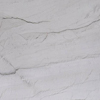
These stones lean towards the geological "sandstone" classification and can be identified by the presence of small grains which give the stone a "sandy" appearance.
Mixed-Stone Quartzite

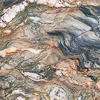

Some mixed-stone quartzites can have a high percentage of marble content and should be treated with the same care as marble.
Maintaining & Cleaning Your Stone.
Granite
Maintenance
Granite is a durable material known for its resistance to scratches, but it is also naturally porous. To maintain its protective seal, it's important to periodically test whether your granite is properly sealed. To do this, place a damp napkin on your countertop and leave it for 30 minutes. If you notice a dark spot where the napkin was, it indicates that the granite is absorbing moisture and needs to be resealed.
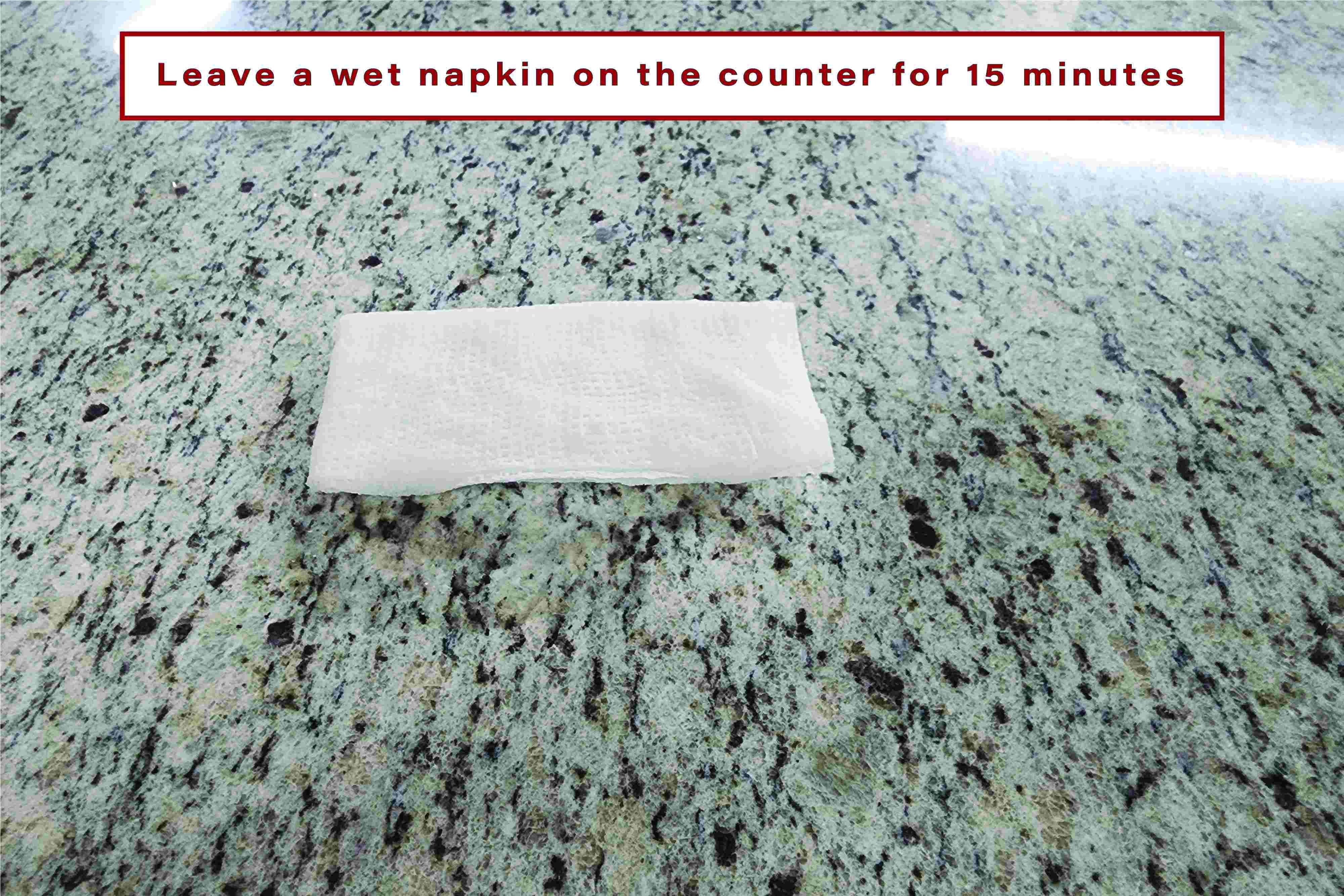
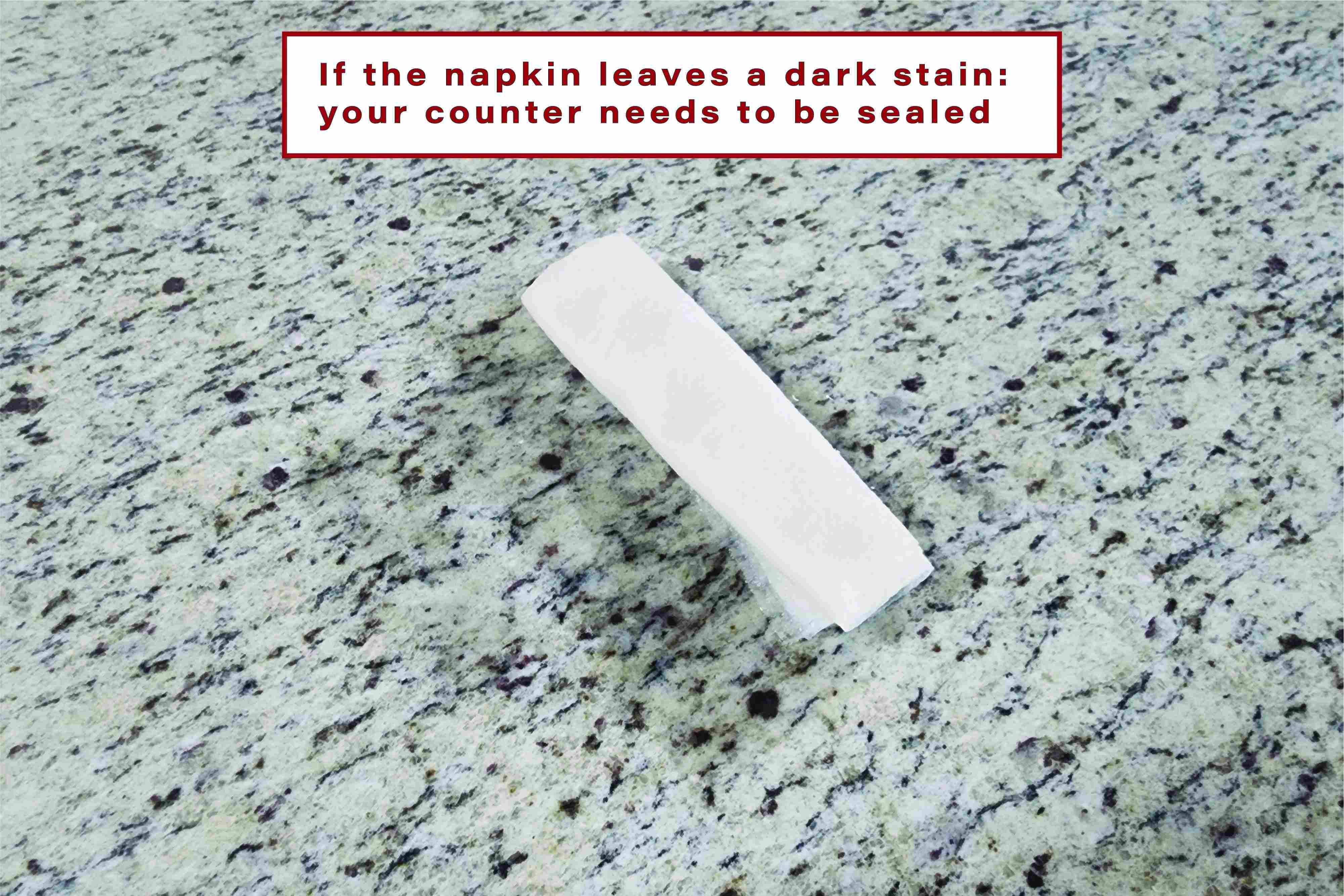
Cleaning
The best cleaners for natural stone are those specifically formulated for it. For a simple and safe choice, purchase a product labeled "Cleaner For Granite".
Although granite is a very durable stone, it is not invincible. It is best to avoid the cleaners listed below.
- Baking Soda and Other Powdered Cleaners (the grains in the soda will wear away the finish over time)
- Vinegar (acidic substances are harmful to all stones)
- Bath and Tile Cleaners
- Bleach
- Ammonia
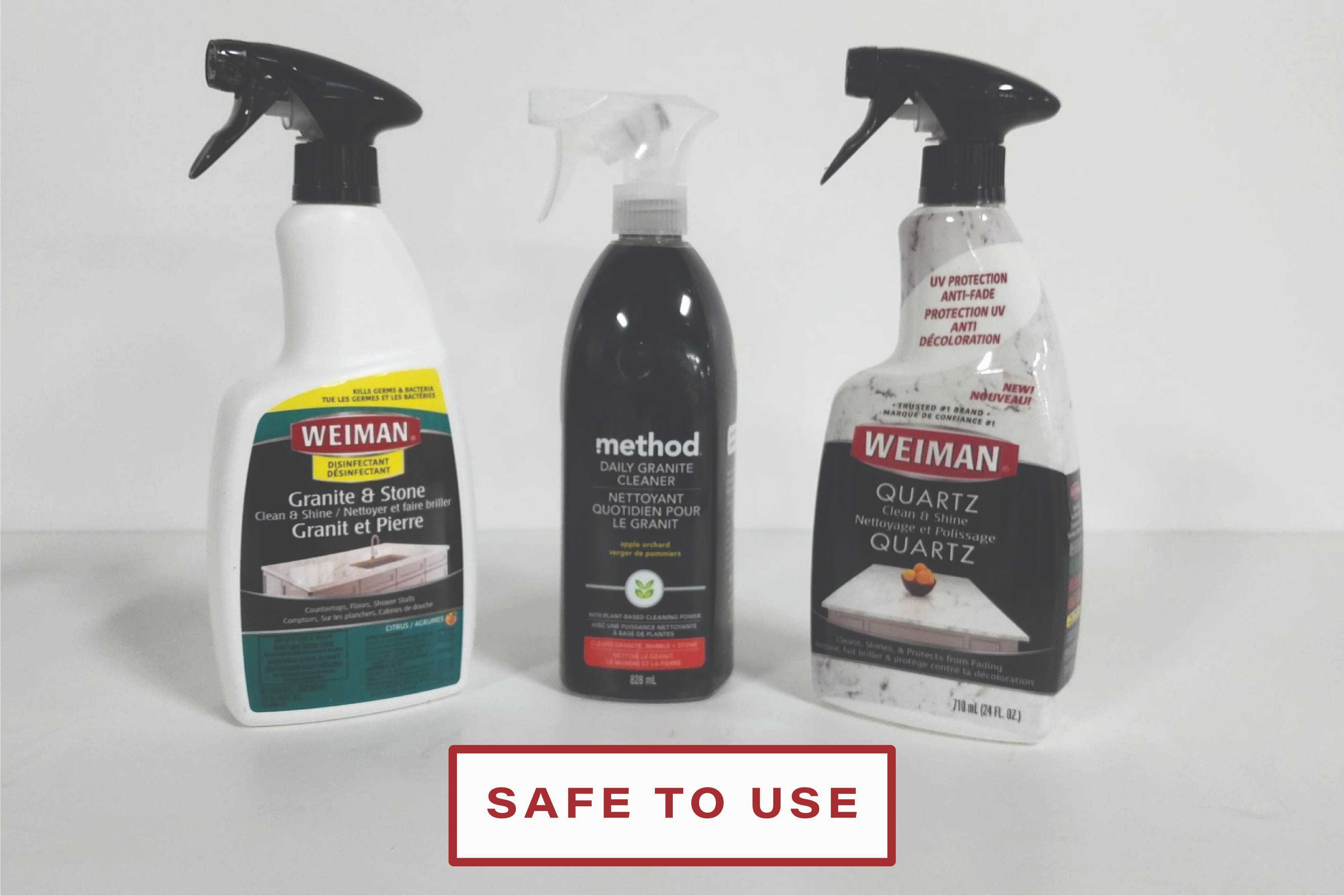
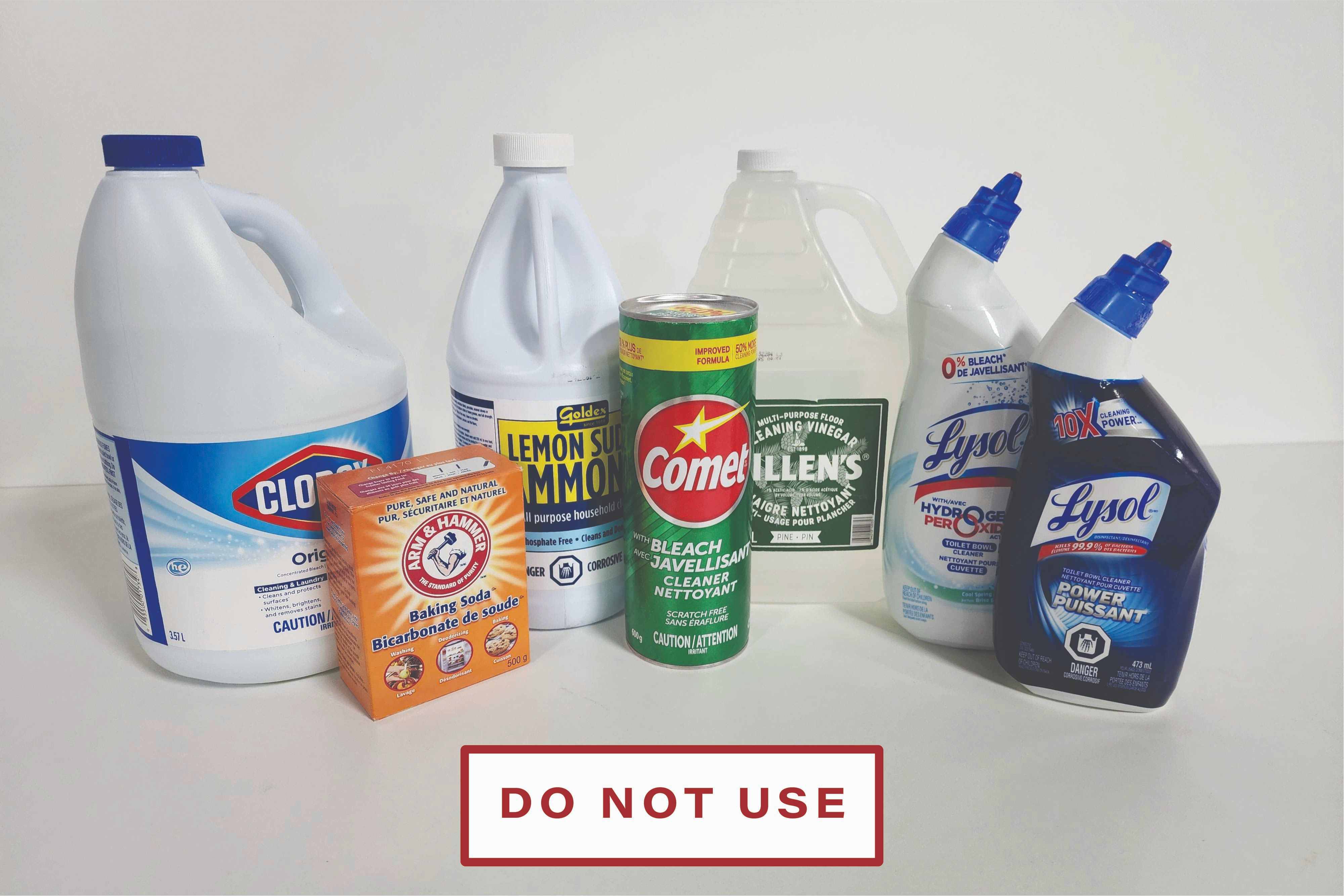
Quartz
Maintenance
Quartz is a manmade stone that requires minimal maintenance, such as sealing. However, there are certain household products that can damage quartz. These products are listed in the section below.
Hot pots and pans can burn the resin that binds quartz together, resulting in a brown-black irreparable burn mark on the surface of the quartz. A good rule to follow is: "If it’s too hot to hold in your hand, do not place it directly on the quartz surface".
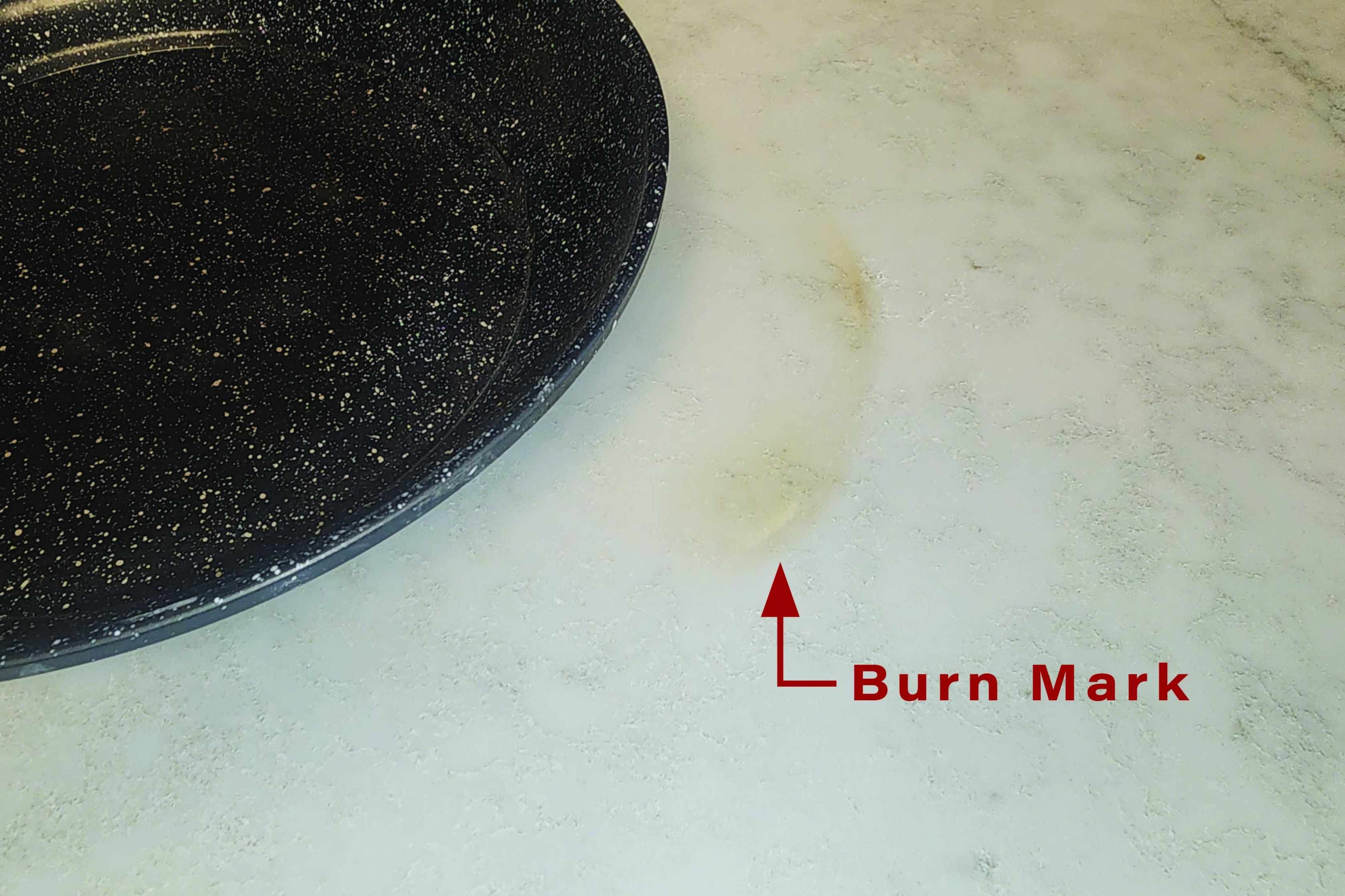

Cleaning
Quartz is made of resin and small stone particles. The resin that binds these particles together can be sensitive to certain chemicals. To protect your quartz surface, avoid using the products listed below, or any similar products, as they may wear down the polish of your stone.
- Baking Soda and Other Powdered Cleaners (the grains in the soda will wear away the finish over time)
- Vinegar (acidic substances are harmful to all stones)
- Bath and Tile Cleaners
- Bleach
- Ammonia

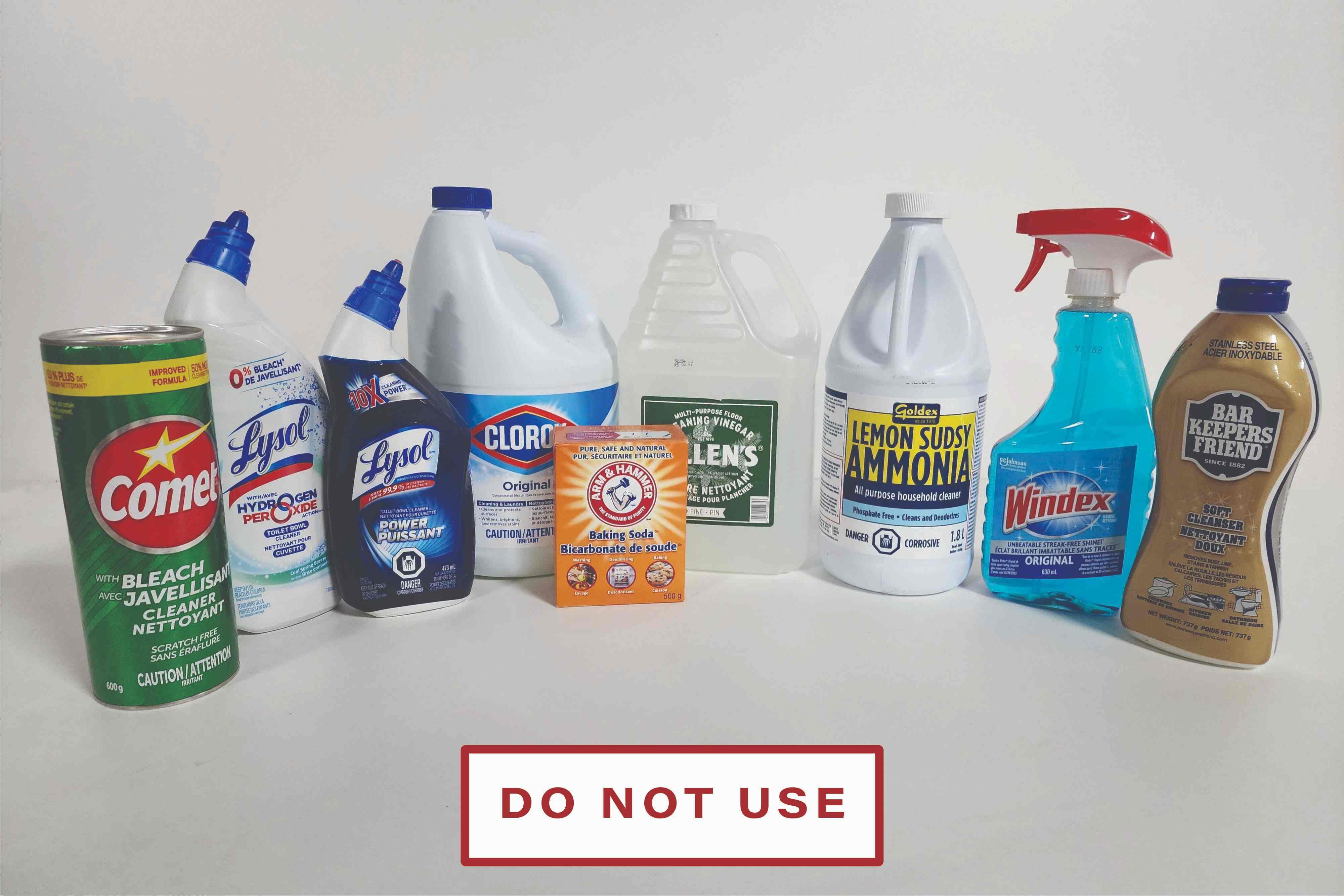
Stubborn stains and metal marks(gray marks usually seen on the edging of the countertop) will require a stronger cleaner. You can use Lemon Vim Cream(or any Vim Cream that does not contain bleach) or Magic Eraser to remove most stubborn stains.
If used as a daily cleaner these products will dull your countertop. Use these products very carefully, excessive use in a single spot will result in that spot becoming dull.
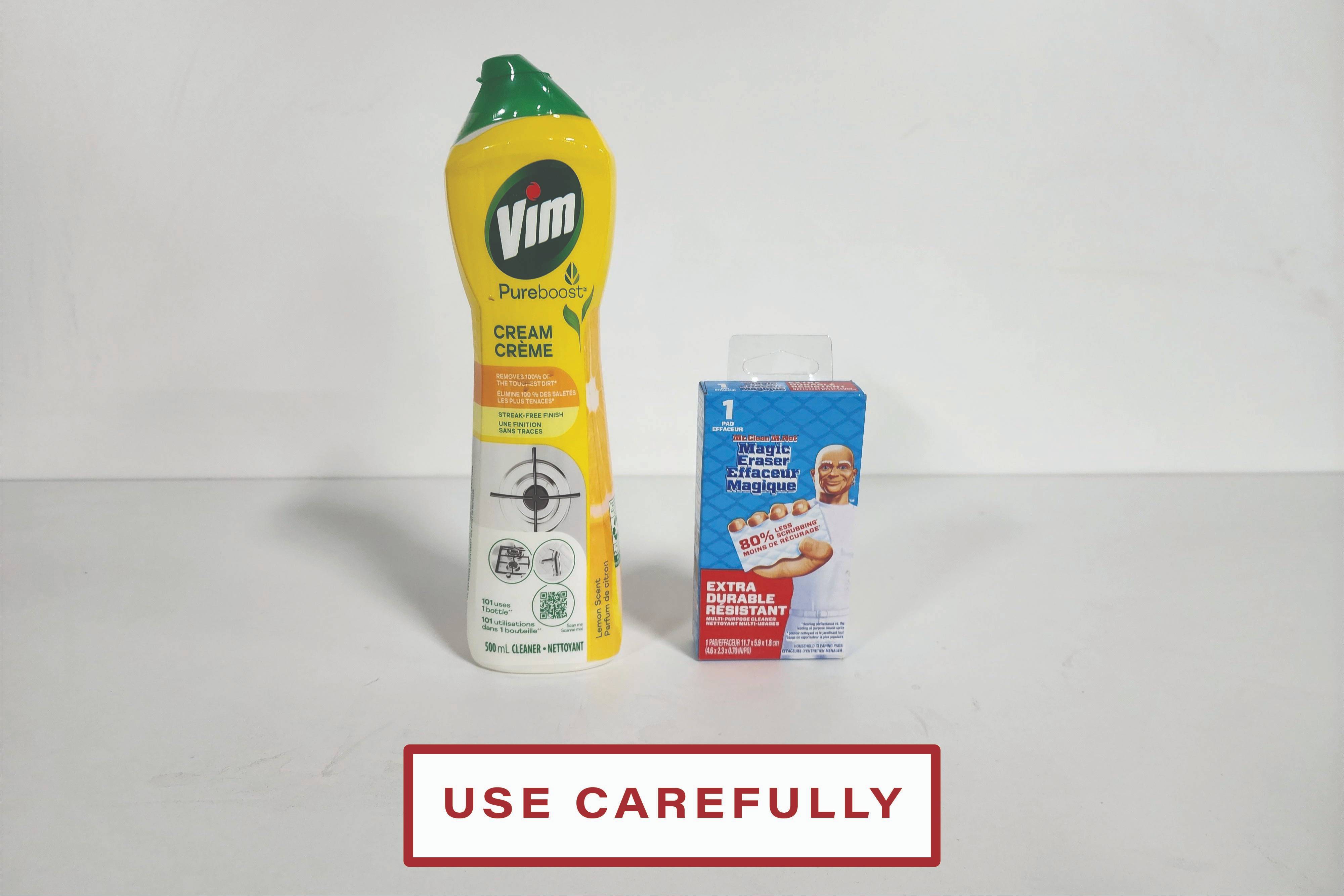

Marble
Maintenance
Marble is a soft and porous natural stone. Unsealed marble is prone to staining. Since marble is a very soft material, it can also scratch easily. Care must be taken to avoid cutting on the surface or placing heavy, rough objects like planters on it.
The main cause of damage to marble is etching. Etching is the physical damage that occurs when acidic substances come into contact with the marble surface, causing a corrosive reaction. Etching typically appears as dull spots or cup marks on your marble. In severe cases, etching can be so deep that the affected areas become rough.
Sealing your marble will help protect it against stains, but it does not provide any protection against etching.
The only way to prevent etching is to block all acidic substances from coming into contact with the marble surface. At METHOD MARBLE, we offer STONEGUARD: a polyurethane film that is applied to the marble surface, providing full protection against etching, scratching, and staining.
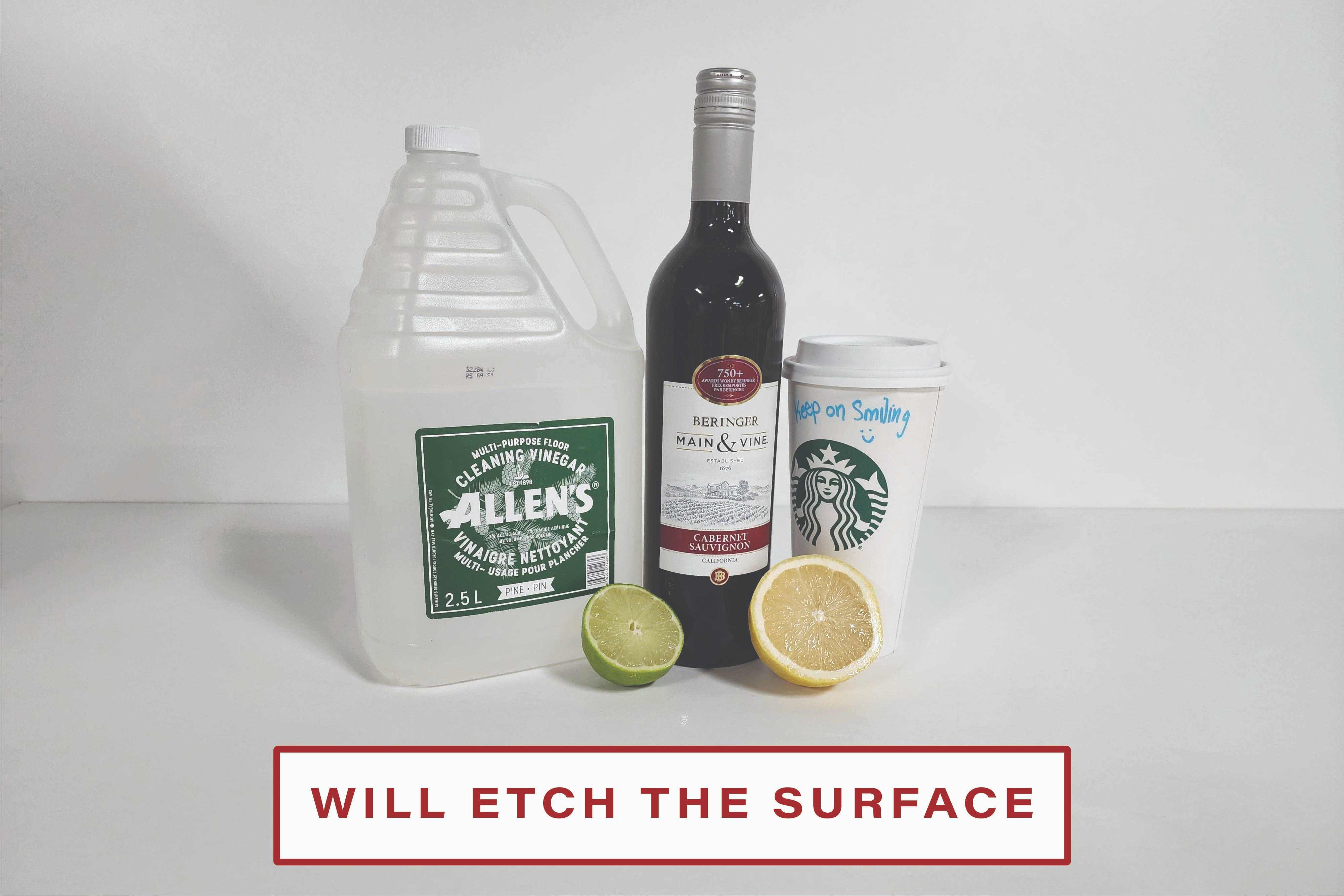

Unless your marble is protected by STONEGUARD, keep the items listed below (and similar items) off your countertop.
- Lemon & Orange Juice
- Lemons, Oranges, Strawberries, Tomatoes, Pickles & Other Acidic Foods
- Coffee & Tea
- Wine
- Bleach
- Hair & Nail Products
- Toothpaste
Cleaning
Use only gentle cleaners to clean your marble. Any product that specifically states "marble cleaner" is always a safe choice. Avoid the products listed below, as they will etch your marble.
- Baking Soda and Other Powdered Cleaners (the grains in the soda will dull the finish of your marble)
- Vinegar (acidic substances are harmful to all stones)
- Bath and Tile Cleaners
- Bleach
- Ammonia
- Citrus Cleaner
- Hydrogen Peroxide


Quartzite
Maintenance
Crystalline quartzite is one of the hardest materials available and requires no sealing or special care. In fact, these quartzites are so dense that they will not allow sealer to soak in.



Sandy quartzite, also known as "intermediate quartzite", is a material that is very hard to scratch. However, it is very porous and must be sealed to protect it properly.



Mixed stone quartzite, may contain a high marble content and can scratch and etch similarly to marble. Therefore, it should be treated like marble when cleaning and maintaining it.



Cleaning
When it comes to cleaning, Crystalline Quartzite and Sandy Quartzite are extremely durable materials. However, Mixed-Stone Quartzite may contain a high percentage of marble and should be treated like marble.
Crystalline Quartzite and Sandy Quartzite can be cleaned with any marble or granite cleaner. However, Mixed-Stone Quartzite requires the same special care as marble. Avoid any acidic cleaners, such as vinegar, for all types of stone.


Identifying, Preventing & Repairing Damage to Your Countertops
Stains & Etching
Stains and etching are the two types of damage that can occur by leaving liquids on your countertop. There is a big difference between these two types of damage and the methods to repair them:
Stains happen when a liquid like juice, wine, or oil soaks into the stone leaving a mark, stains are darker and shinier than the rest of the surface.
Stains can be removed by applying a poultice(a putty-like product that is designed to remove stains) on the stained area and letting the product draw it out.
Stains can be pevented by sealing your stone with a high quality silicone-based sealer.
Etching happens when an acidic substance like lemon juice, vinegar, or even hard water is left on a marble or any other stone with a high calcite content. The acid will eat away at the surface causing a dull area to appear where the acidic substance was, in some cases this area can even be indented into the stone.
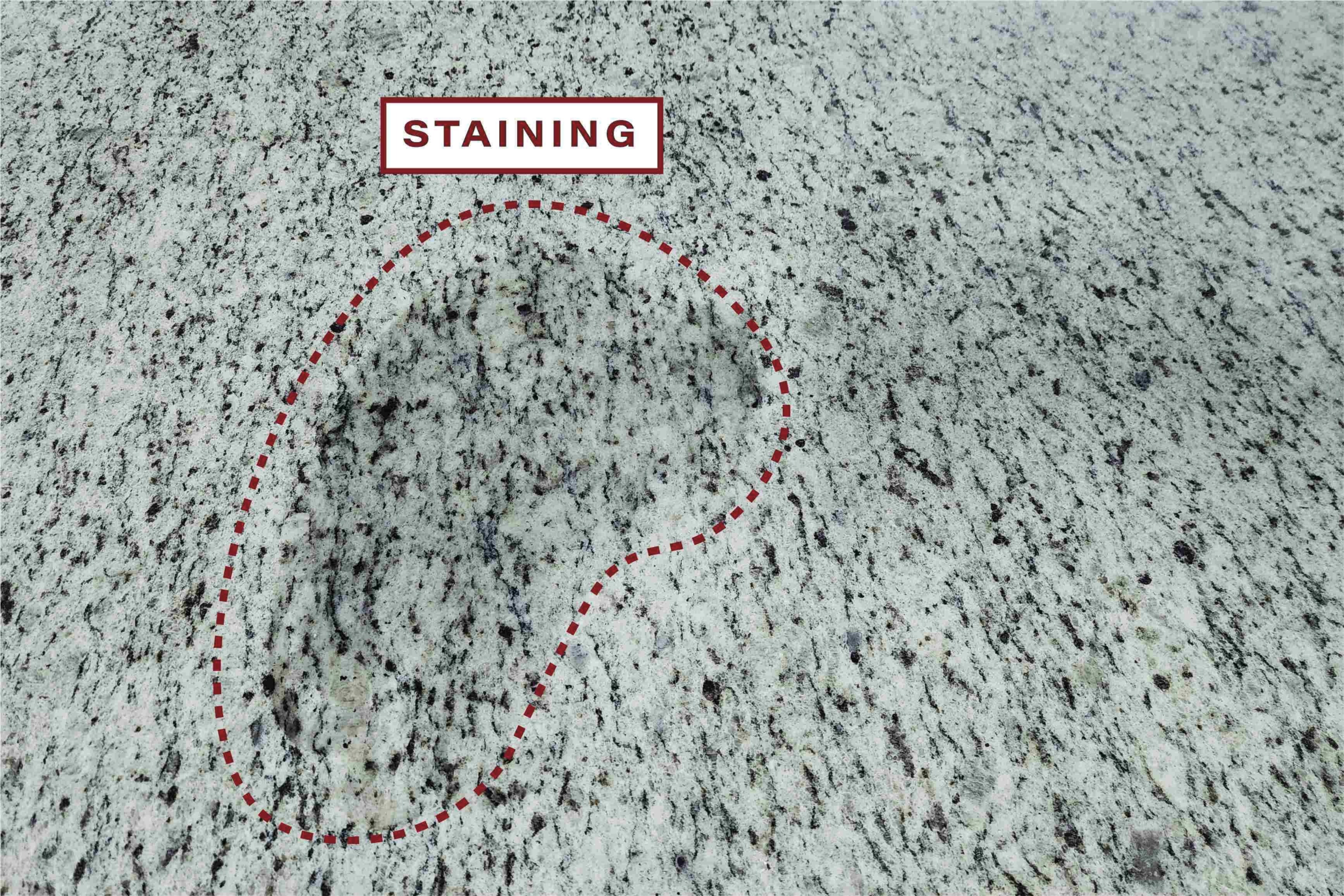

Cracks
The most common cause of cracks is caused by stone countertops being left unsupported. Cracks in granite can be fixed to be nearly invisible with a color matched filler and a surface polish
Cracks in quarz, marble, and porcelain unfortunately cannot be fixed in a way where they are well hidden. It is very important to make sure that your counter is supported.
If you have cracks either in front or behind your sink cutout that run parallel to your front edging this means that you have a rusting metal support rod inside your stone.
To repair this issue, we remove the rusted rod and carefully bond the crack using a color-matched epoxy. We then polish the surface to ensure a smooth, seamless finish. Additionally, we make sure that the repaired stone is properly sealed and waterproof to maintain its durability and longevity.
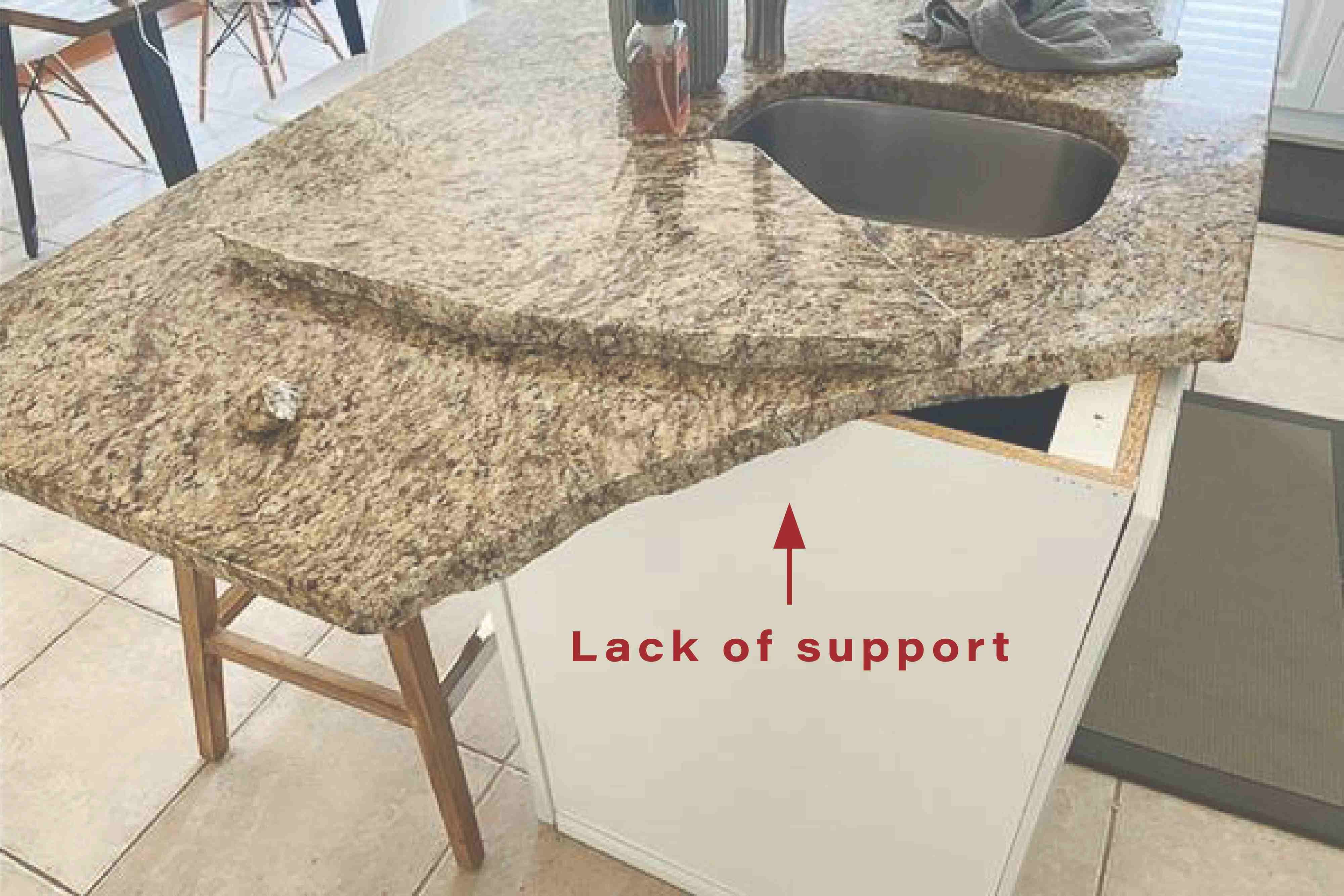
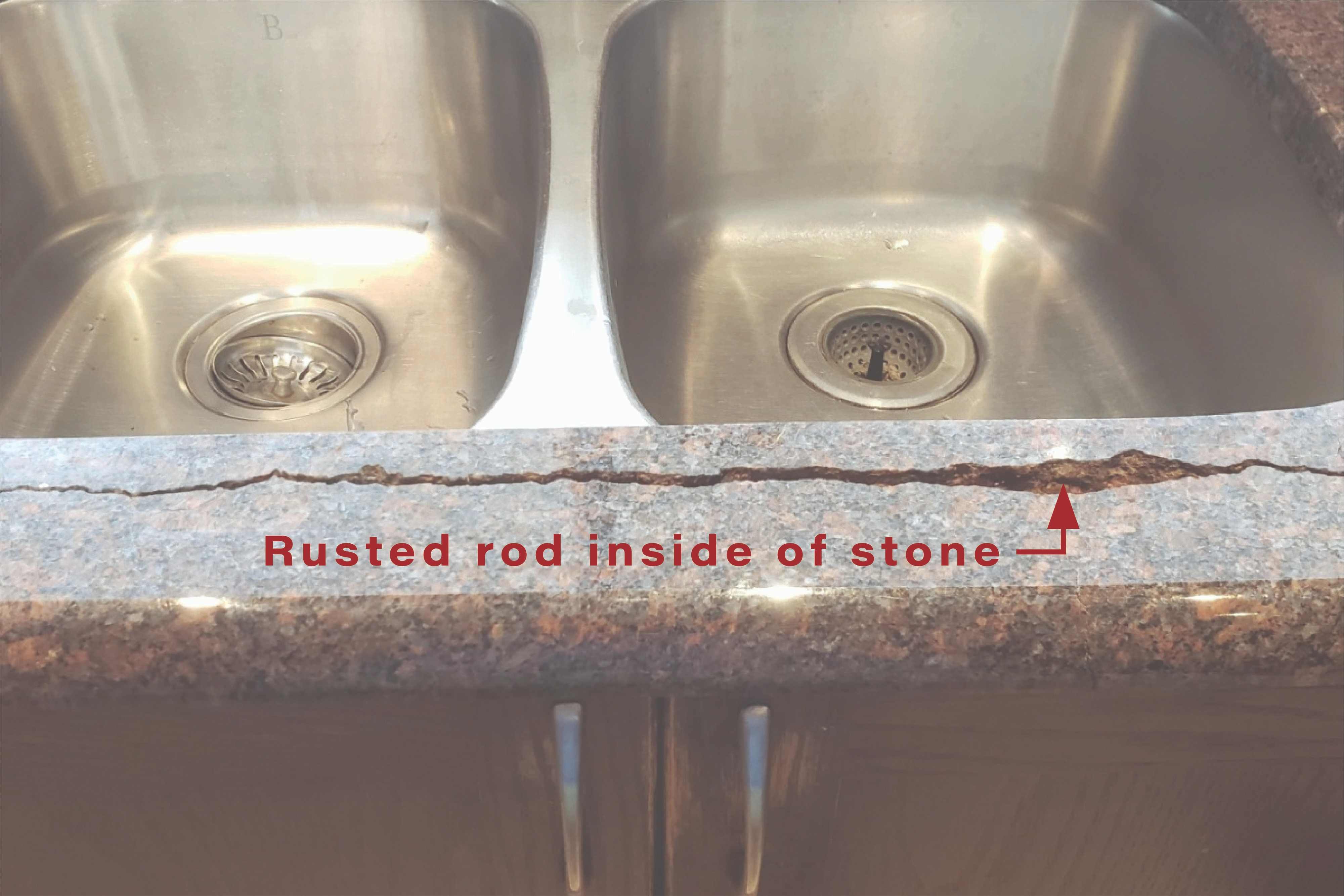
Detached Seams
Seams can detach over time, there are many causes for this; epoxy losing it's hold, the house shifting causing one of the seamed pieces to "drop", people standing on the counter, ..etc"
To repair seams we fully seperate the seamed pieces, clean away all the old epoxy, level the pieces, and re-attach them with a color matched epoxy and specialized suction cups.
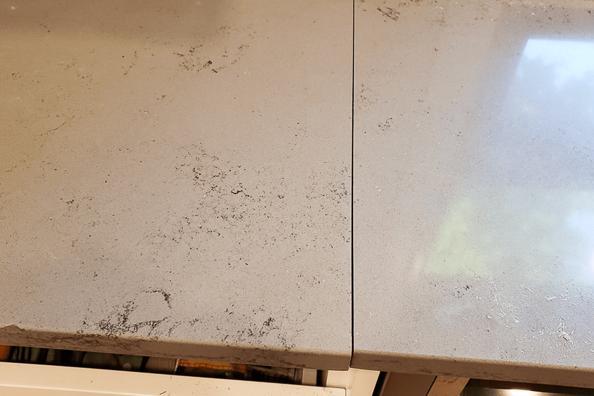
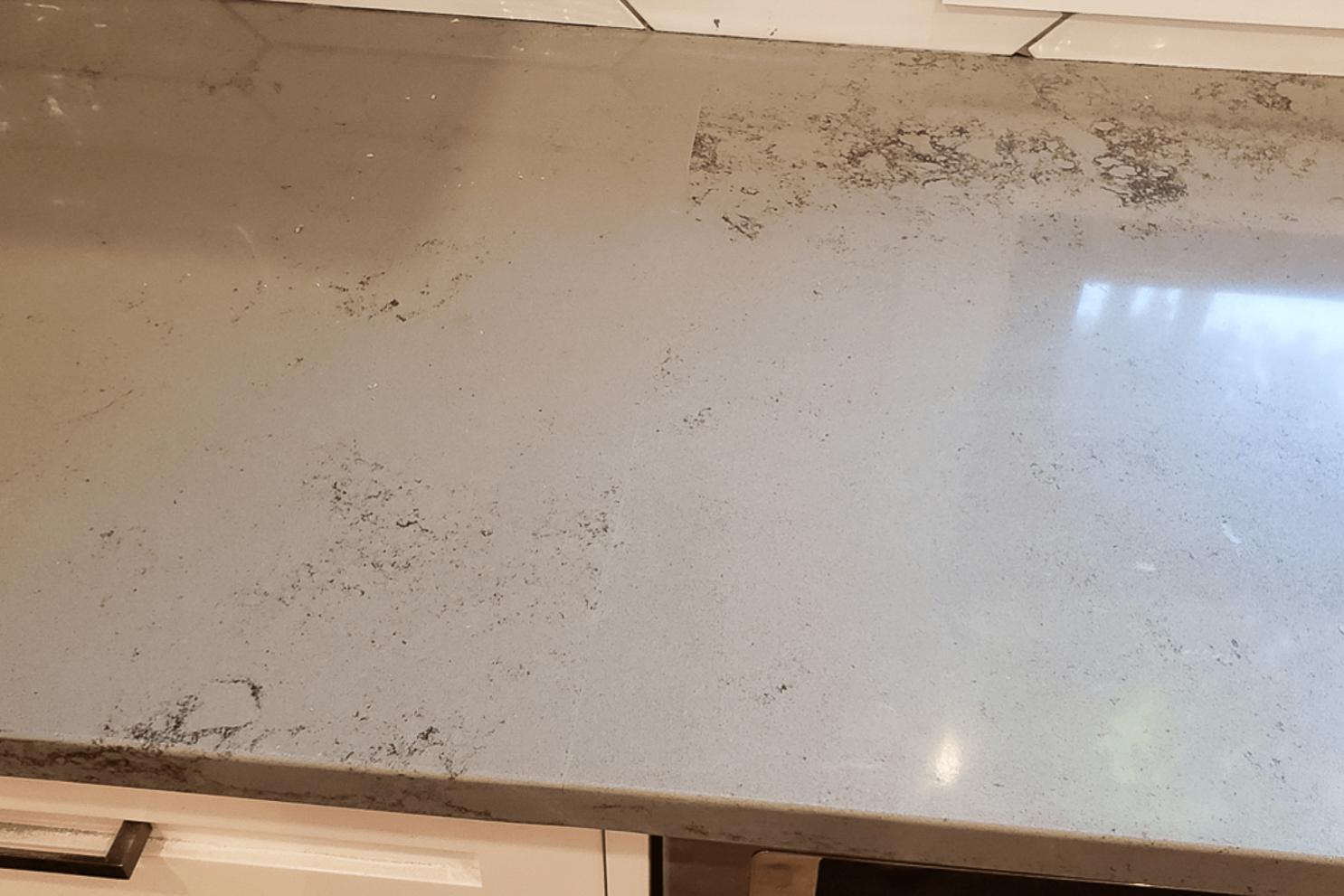
Chips
Chipping is very common for countertops, you can almost expect one or more in the duration of your countertop's life.
Contrary to popular belief, the likelihood of your countertop chipping depends more on how rounded the edges are rather than the type of material it is made of.
In most cases chips can be fixed by a professional to be nearly invisible. Your edging can be rounded over more as well; this will remove any small chips so that they do not need to be filled with epoxy and make your counter more resistant to chipping in the future.
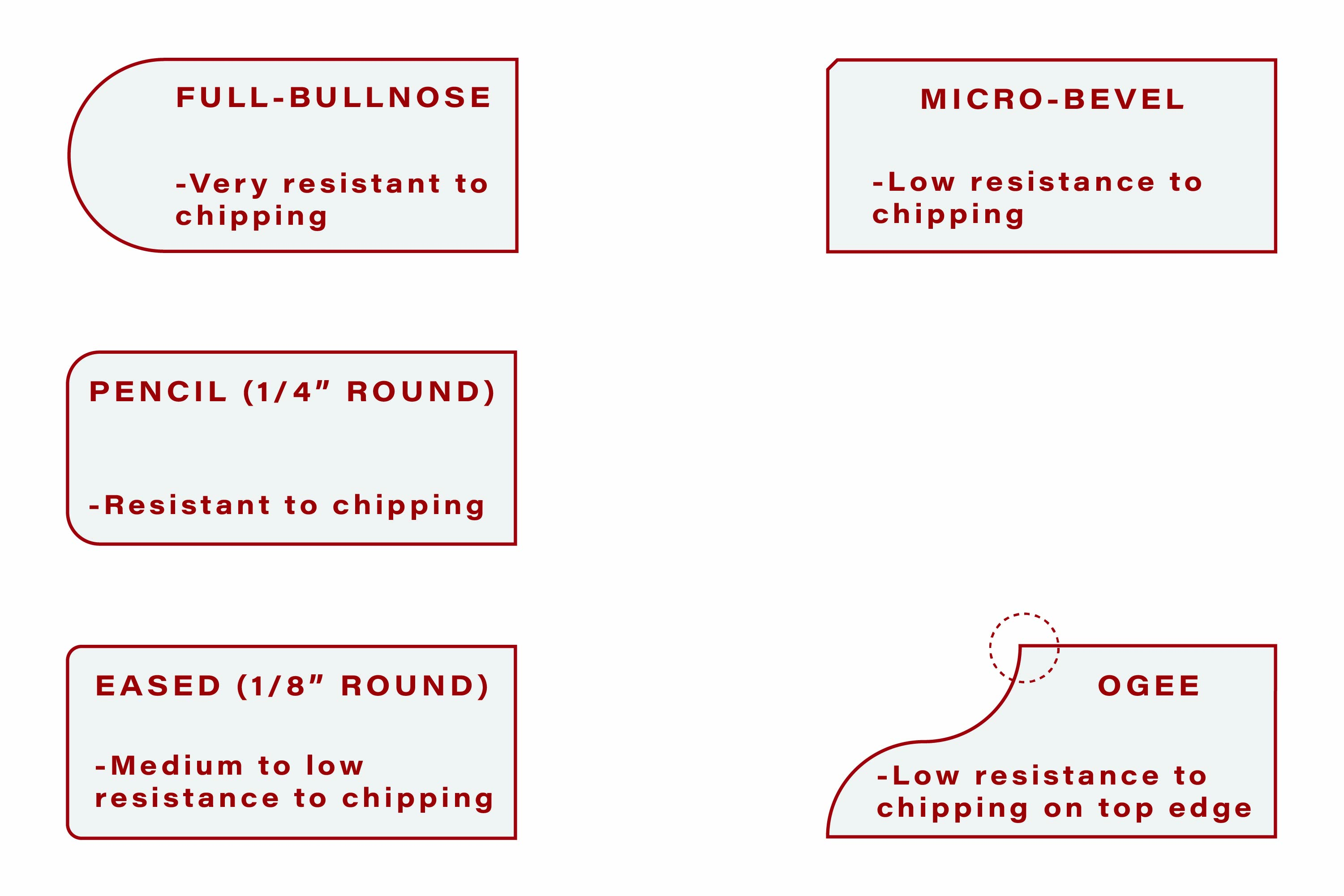

FAQ
Can a scratch be fixed?
Scratches in marble or granite can be repaired to be essentially invisible.
Scratches in quartz can also be fixed; however, depending on the brand, the area where the scratch was may shine a little differently.
Can a stove opening be made wider?
Yes, enlarging stove openings is a common procedure. When done properly, it is virtually mess-free and takes approximately 2 hours.
Can a stone be cut in my house?
Cutting stone can be a dusty process, but at Method Marble, we take every measure to keep your home clean by using specialty tools that capture 99% of the dust while cutting.
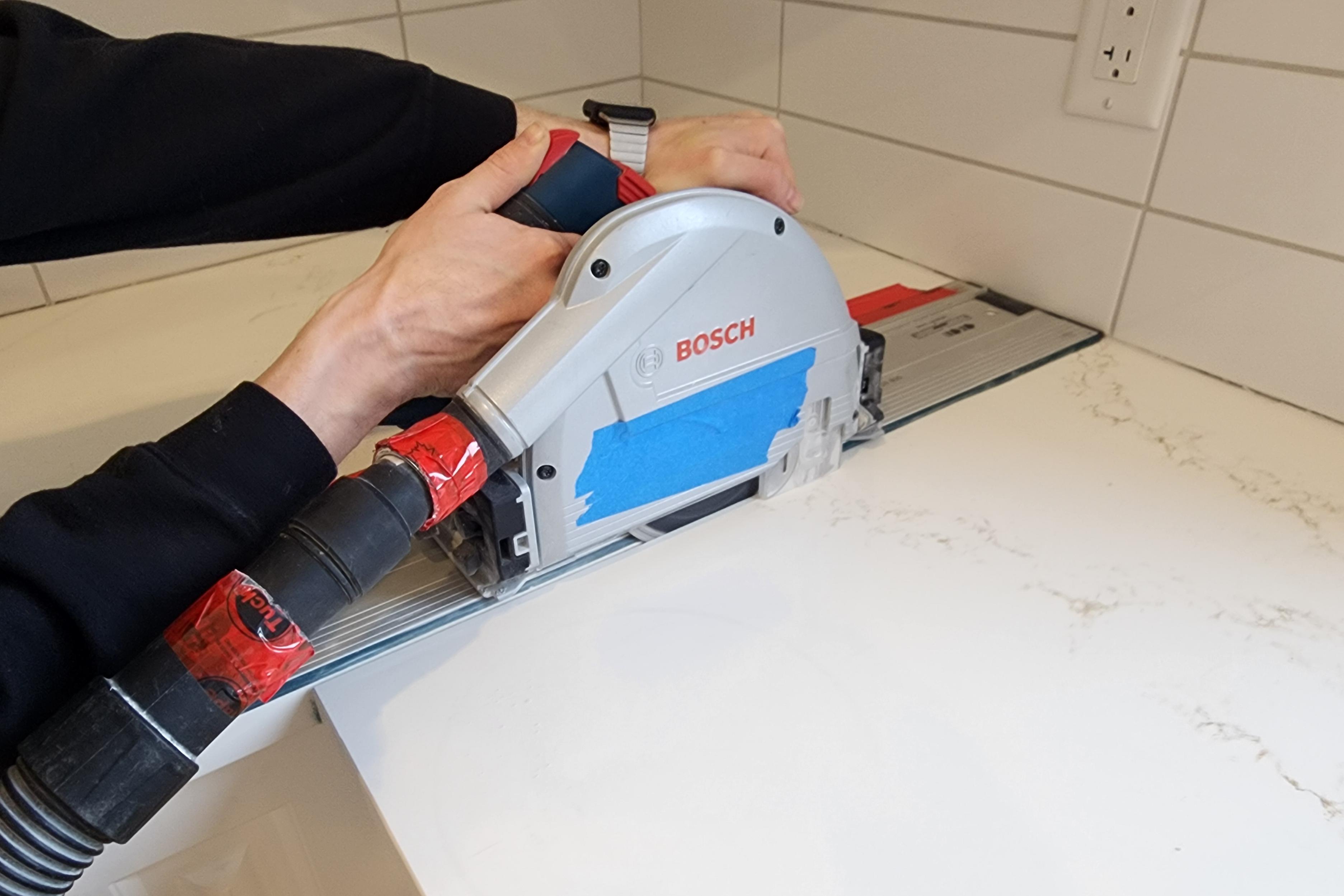
Why is my countertop chipping alot?
The most common reason countertops chip more than usual is because the edge profile isn't rounded enough.
With any material, be it metal, wood, or stone a sharp corner is more susceptible to dings and nicks compared to a nicely rounded one.
It is possible to have a granite professional re-profile a stone countertop edge in your home, relatively quickly and cleanly, using the correct tools and dust-protection measures.


What can I do if my sink fell down?
- Firstly, do not worry, sinks falling down is the most common of all granite service calls, and can be easily fixed.
- You can simply prop the sink up from the bottom as a temporary measure, this will allow you to use the sink lightly before you start the repair.
- Clean all the old adhesive from the underside of the granite and the sink. In most cases the sink itself will actually have no adhesive stuck to it because the rim of the sink was not roughed up prior to install (this is the most common cause of sink failures)
- Use a wire brush, grinder, knife, or any other similar tool to rough up the rim of the sink that will be in contact with the adhesive, make sure you do this thoroughly.
- Use a waterproof, flexible adhesive like clear silicone (colored silicone has a weaker bond strength) or better yet; a product called "No-More Nails"(use the blue tube, not the red one, only the blue tube is rated for stone).
- Apply a bead of adhesive to the most outer edge of the sink, if you apply the adhesive too close to the actual bowl of the sink it will spill out on the bowl when you press the sink up to the stone and create a mess for you to clean up.
- Push the sink up to the stone, move it side to side a little bit to ensure a tight bond, then prop it up from underneath using a solid wood stick or whatever other method works in your particular situation.
- To ensure your sink doesn't fall down again secure a wood strip undeneath the sink.
- After 24 hours you can remove the wood that was propping your sink up and use the sink freely.
- Putting sinks back up is our most common call, we also offer this as emergency service(same day service) additionally we can glue the sink in a way that does not require the 24 hour wait time for the adhesive to dry(for cases where you need to do plumbing immediately).
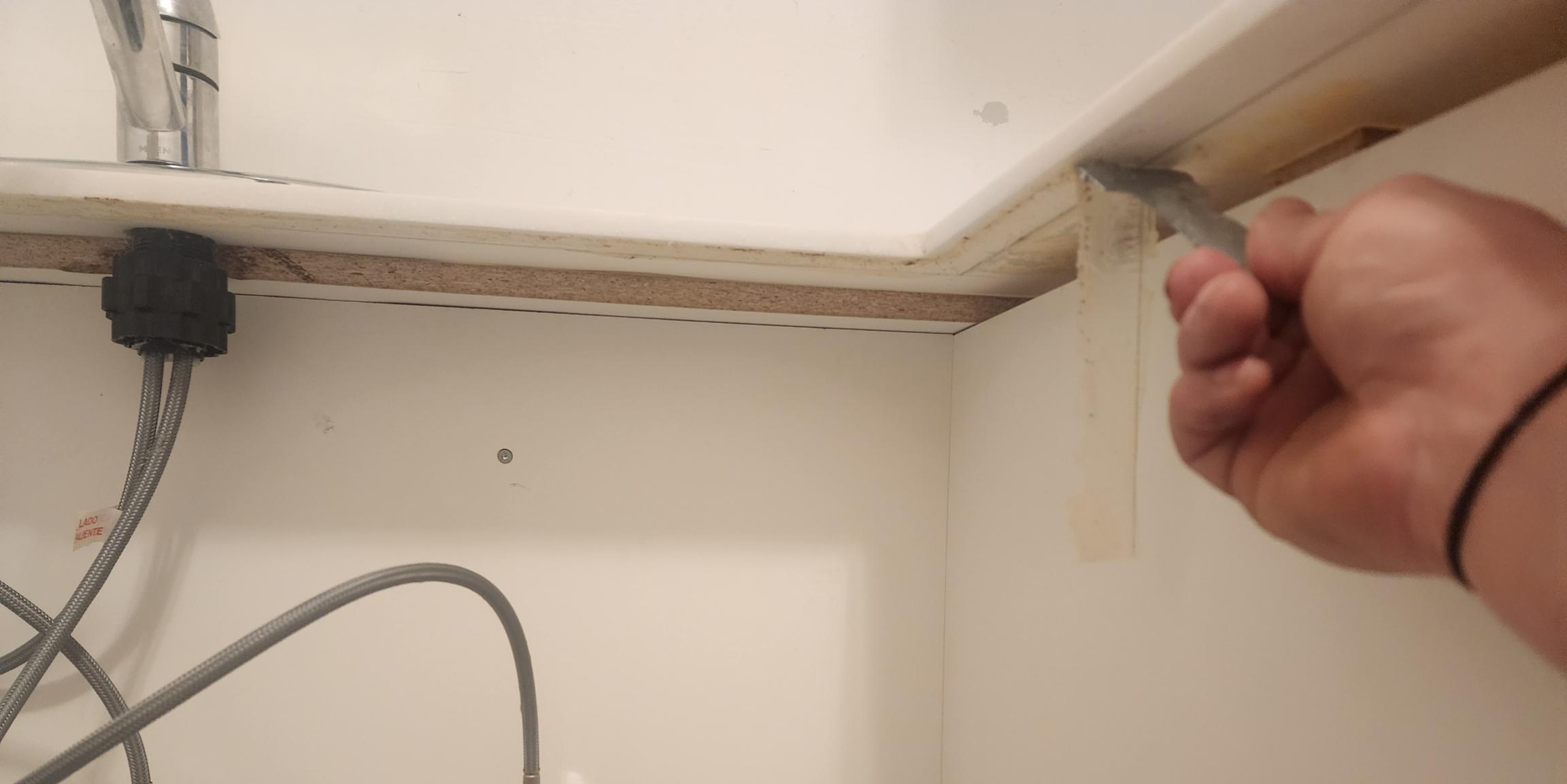



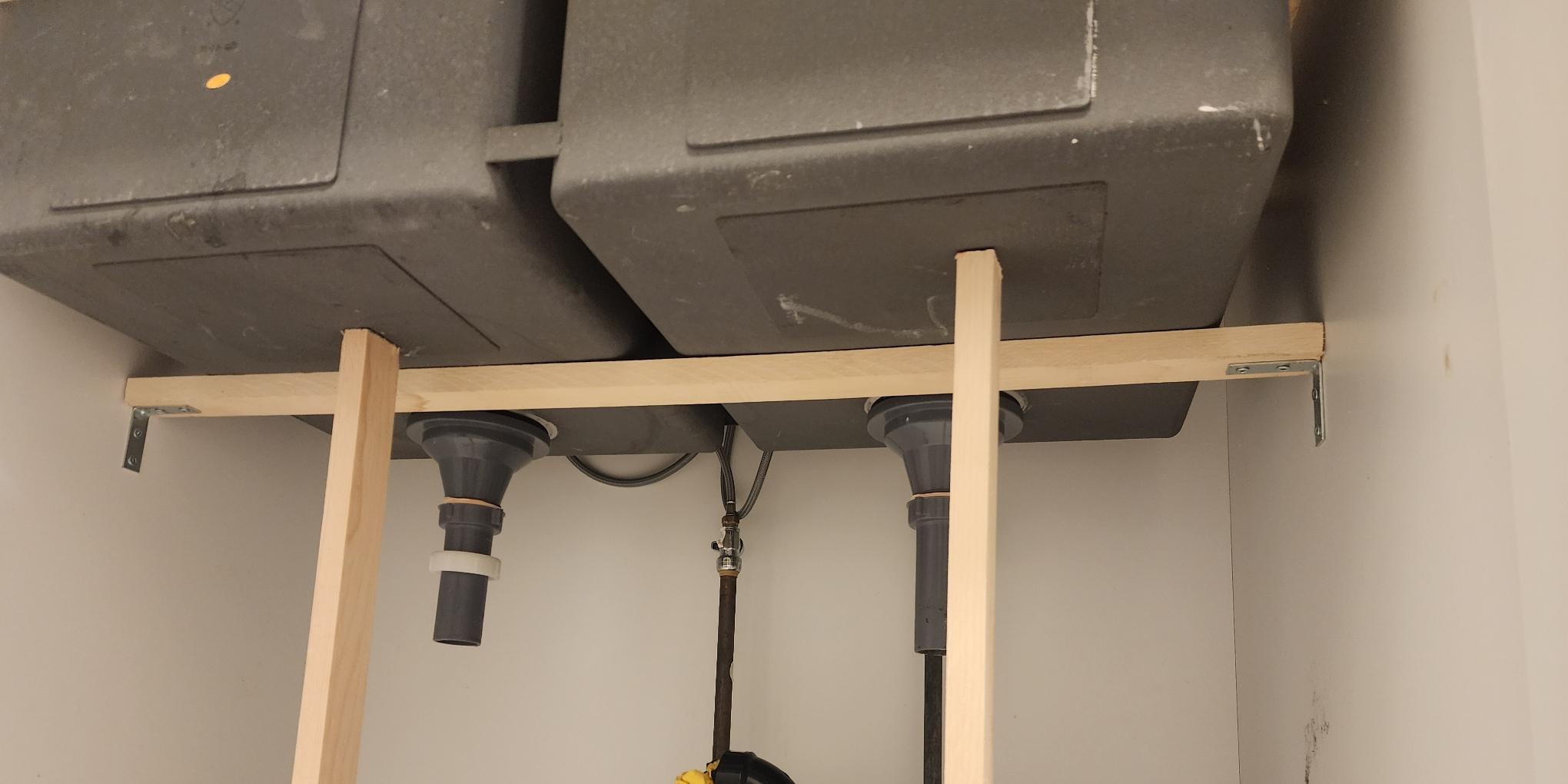
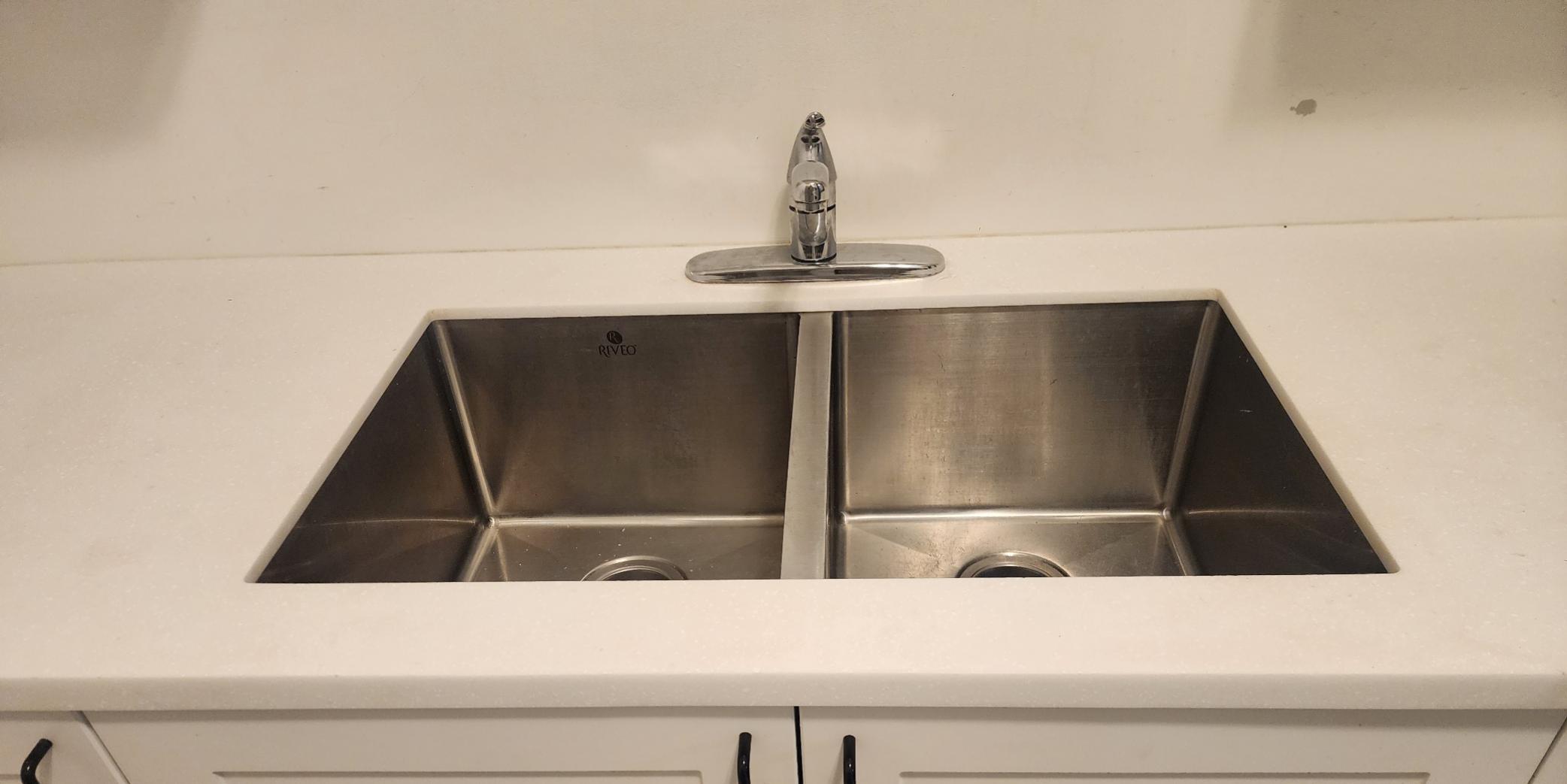
How are chips fixed?
Chips are repaired by being filled with a color-matched epoxy, which is then sanded flush with the countertop surface.
Most chip repairs are virtually invisible, but in some materials, the color may not blend perfectly.
Natural granite or manmade quartz with a lot of pattern or veining hides chips very well, as does dark gray or brown marble.
Chip repairs are more visible in light-colored, translucent marble or solid-colored quartz, especially in pure white quartz.
What are the steps in the granite purchasing process?
- A rough sketch of your kitchen is submitted to your fabricator. This is used to help determine how many slabs of material you may need.
- A material is selected for your countertop.
- Quartz slabs are usually selected from a sample rack.
- Granite slabs are usually selected from a slab yard.
- The final quote for the price of your job is be made up.
- A deposit for the material is given (usually 50% of the value of the job)
- A technician comes to your house to measure your project.
- The slab is delivered to your fabricator, then cut to shape and polished.
- The cut pieces are loaded on a truck and delivered to your house.
Can marble be fully protected against etching?
Yes, marble can be protected against etching with STONEGUARD. This polyurethane film is applied to the surface of the marble and blocks anything that could damage or etch the surface, ensuring that the unprotected marble is safe from harm.
